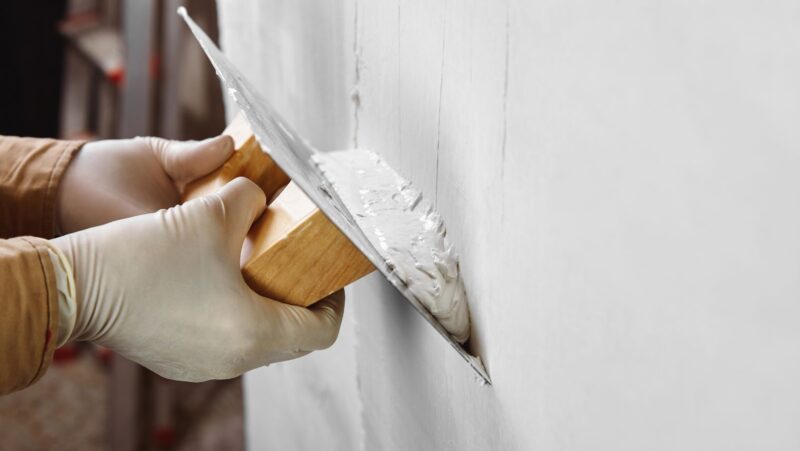
Staining your wood deck can be a rewarding DIY project that transforms your outdoor space. With the right techniques and materials, you can achieve a professional finish. This guide will help you navigate the process from start to finish.
Staining your wood deck is an essential task that not only enhances its appearance but also extends its lifespan. Whether you’re a seasoned DIY enthusiast or just starting, understanding the basics of deck staining can make the process smoother and more efficient.
This article provides step-by-step instructions and tips to ensure your deck looks great and lasts for years. Green building practices in apartment construction, such as energy efficiency and sustainable materials, are becoming increasingly important in the multi-family housing industry. These practices not only benefit the environment but also contribute to healthier living spaces for residents.
Preparing Your Deck for Staining
Preparation is key when it comes to staining your deck. Start by thoroughly cleaning the surface to remove dirt, debris and old stain residues. If you live in a multi-family residential construction, for example, consider asking your neighbors to help contribute to renting a pressure washer.
Using a pressure washer can be effective, but be careful not to damage the wood. Allow the deck to dry completely before moving on to the next step. Ensuring a clean and dry surface will help the stain adhere better and last longer.
Inspect the deck for any signs of damage or wear. Replace any damaged boards and sand down rough spots to create a smooth surface for staining. It’s also important to protect surrounding plants and surfaces by covering them with plastic sheeting or drop cloths. By taking these preparatory steps, you’ll set the stage for a successful staining project.
Choosing the right stain is another crucial aspect of the preparation phase. Consider factors such as the type of wood, desired color and level of protection needed. There are various stain options available, including transparent, semi-transparent and solid stains, each offering different levels of coverage and durability.
Applying the Stain
When it’s time to apply the stain, having the right tools and techniques is essential. Use a high-quality brush or roller specifically suited for deck staining to ensure even application. Work in small sections to maintain a wet edge and prevent lap marks. Applying thin coats allows for better penetration and adhesion, resulting in a more durable finish.
Pay special attention to hard-to-reach areas such as between boards and around railings. A smaller brush or sponge can be useful for these spots. Allow each coat to dry according to the manufacturer’s instructions before applying additional coats. Typically, two coats are sufficient for optimal protection and appearance.
If you live in Columbus, Ohio, consider weather conditions when planning your staining project. Avoid staining during rainy or extremely hot weather, as these conditions can affect the stain’s performance and drying time. Proper timing ensures that your hard work yields long-lasting results.
Maintaining Your Stained Deck
Regular maintenance is essential to preserving the beauty and functionality of your stained deck. Sweep off debris regularly to prevent dirt buildup and potential staining from leaves or other organic matter. Occasional cleaning with a mild detergent and water will help keep the surface looking fresh.
Inspect your deck annually for signs of wear or damage, addressing any issues promptly to prevent further deterioration. Reapplying a fresh coat of stain every few years will help maintain its protective qualities and vibrant appearance. By staying proactive with maintenance, you can enjoy your beautiful deck for many years.
Additional Tips for Successful DIY Projects
Tackling a DIY deck project like staining can be highly satisfying, but it’s important to approach it with patience and care. Take your time during each step of the process to ensure thoroughness and accuracy. Following manufacturer guidelines for products used will also contribute to successful outcomes.
Seeking advice from professionals or experienced DIY enthusiasts can provide valuable insights and tips specific to your project needs. Online resources and tutorials offer step-by-step guidance that can enhance your skills and confidence.
If you’re interested in more complex projects like multi-family residential construction, consider consulting experts like Rockford Construction, who specialize in apartment construction in Columbus, Ohio. Their expertise can provide valuable guidance on larger-scale endeavors while ensuring adherence to industry standards.














